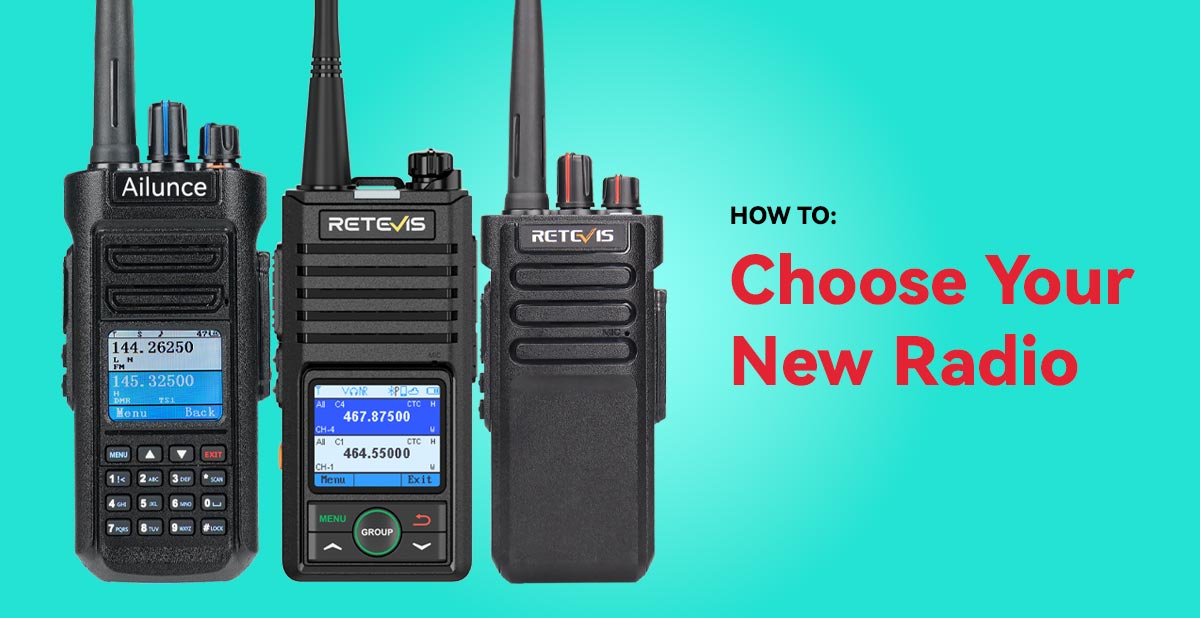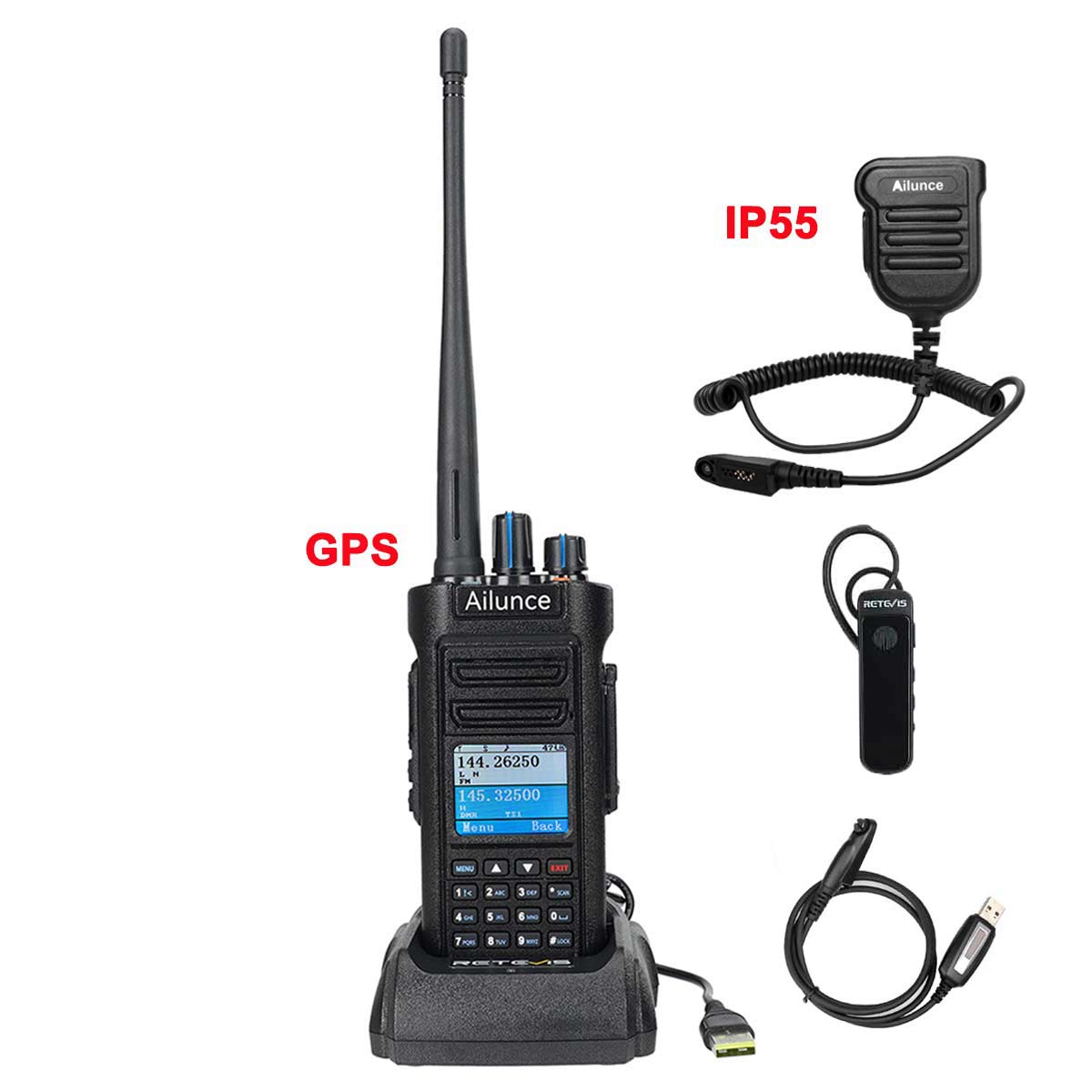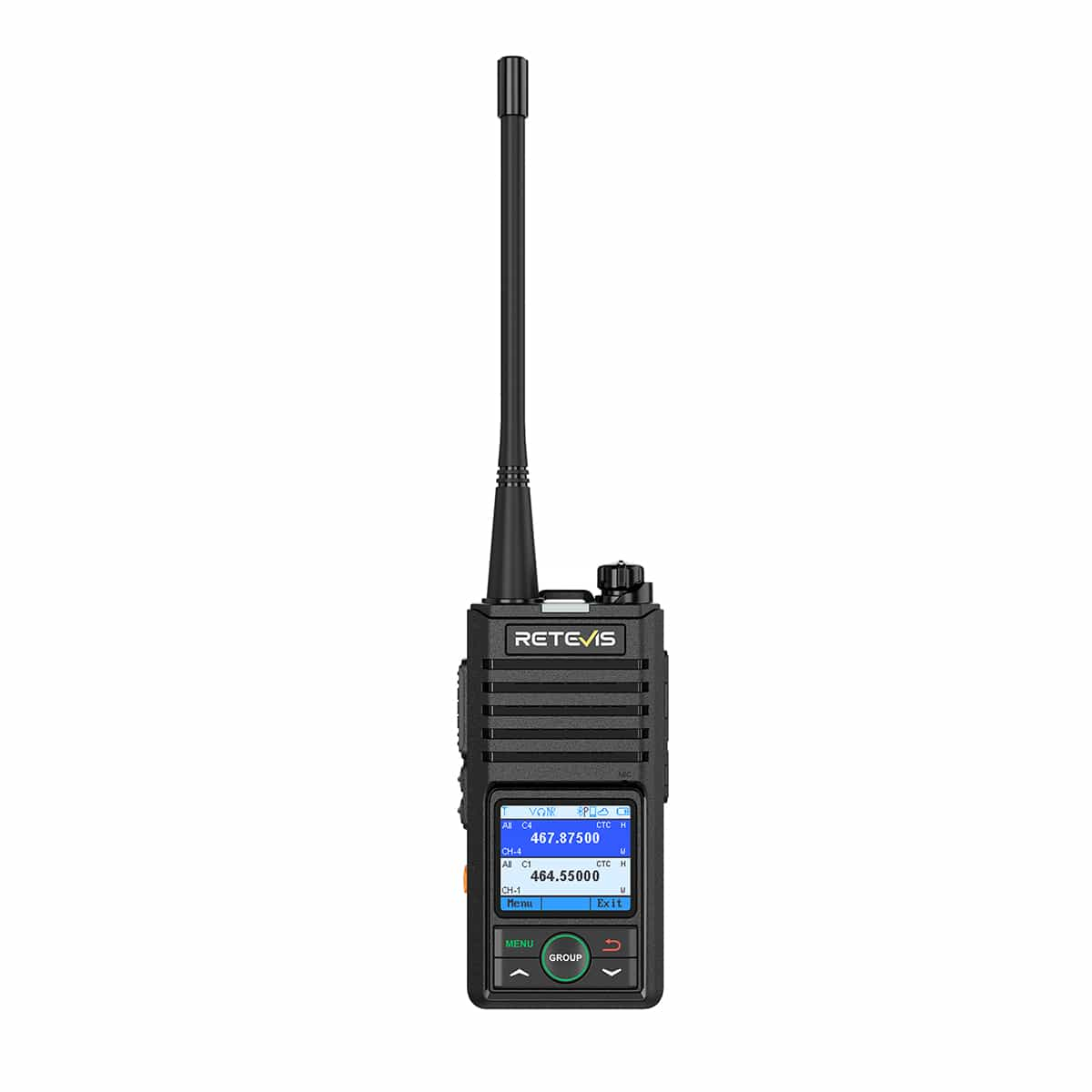How to Choose between Full-Keypad, Half-keyboard and Non-Keypad Two-way Radios?

How to Choose between Full-Keypad, Half-keyboard and Non-Keypad Two-way Radios?
In the walkie-talkie market, Full-Keypad, Half-keyboard and Non-Keypad Two-way Radios have their own characteristics to meet the needs of different users.
Full-Keypad Two-way Radios
Keyboard-type walkie-talkies, with their rich functions and settings, have become the first choice of professionals. Users can accurately set channels, adjust call volume, RF power, etc. through the keyboard to achieve advanced operations. For example: HD2 can store 3,000 channels and 500,000 contacts. If there is no keyboard. There are only up and down page buttons. Adjust from channel 1 to channel 1500. It will be a "big project". Not only that, the SMS feature requires a keyboard to enter text. Panel programming requires keypad frequency entry. One to one calling function requires the keyboard to enter the ID of the other party. Therefore, a keyboard is essential for a professional-grade walkie-talkie with many functions and adjustable parameters.
Non-Keypad Two-way Radios
However, this also brings relatively high learning costs, and beginners need to spend more time to master it. On the contrary, non-keyboard type walkie-talkies are known for being compact, portable, simple and easy to use, and are more suitable for beginners and short-range communication needs. It reduces key interference, uses analog buttons to control common parameters, enhances system stability, and is suitable for password transmission. But be careful here. This is not to say that Fei keypad walkie-talkies have few functions and are unprofessional. It just means that its advanced functions require the use of CPS settings and cannot be changed anytime and anywhere. For example, Retevis RT29D DMR digital radio. There are also many functions, 3-axis power is adjustable, 128 channels, contacts, Single/Group/All Call function, relay function, 128 channels, TOT, Busy Channel Lock, Alarm, etc. These functions have been set up by the engineer before use. Parameters basically cannot be changed during use. But it is very convenient to use when working in a fixed position.
Half-keyboard Two-way Radios
In addition to the above two designs, there is also a Half-keyboard Two-way Radios. It doesn't have a numeric keypad. So you cannot enter frequencies, text messages, etc. But it has function buttons and a screen, and you can use page turning to modify options or parameters. You can even do some simple text input, but it will be more cumbersome. For example, it is discovered that the channel is blocked during work, which affects the work. Sub-audio can be modified through function keys to ensure there is no noise interference. For example, Retevis' new product RB58, half-keyboard and color display. High-end appearance and easy to use.
To sum up, whether to choose a keyboard-type or non-keyboard-type intercom needs to be decided according to the specific usage scenarios and needs to achieve the best communication effect.









